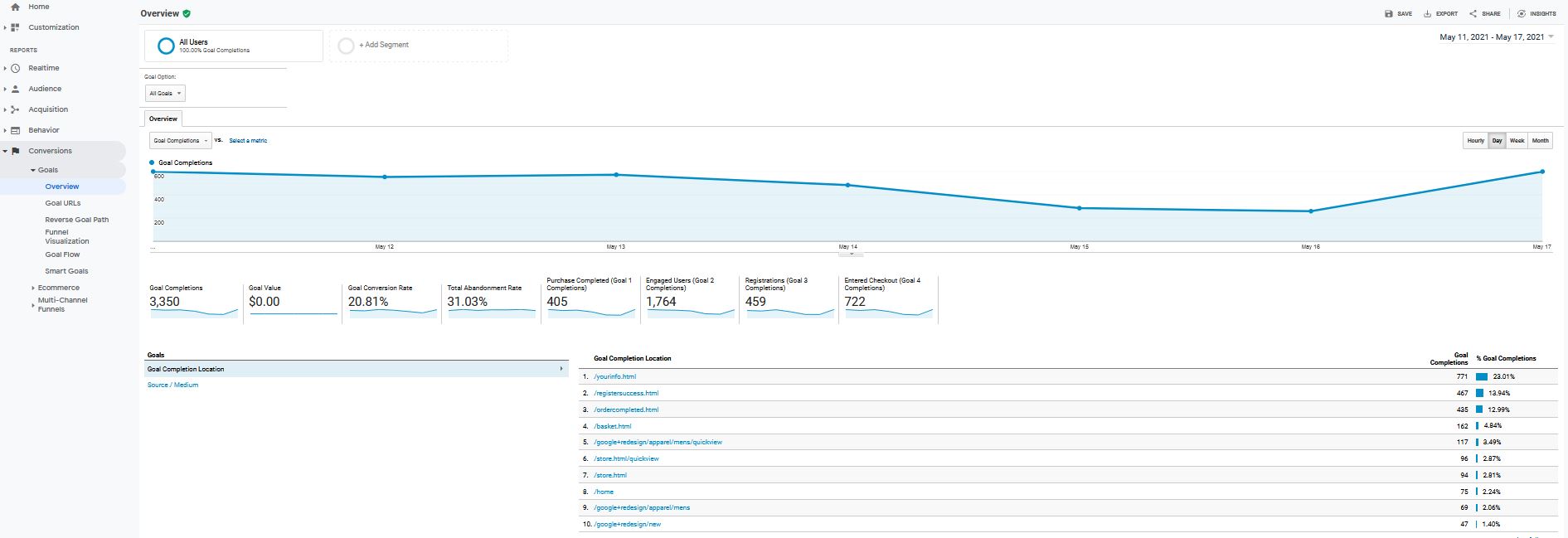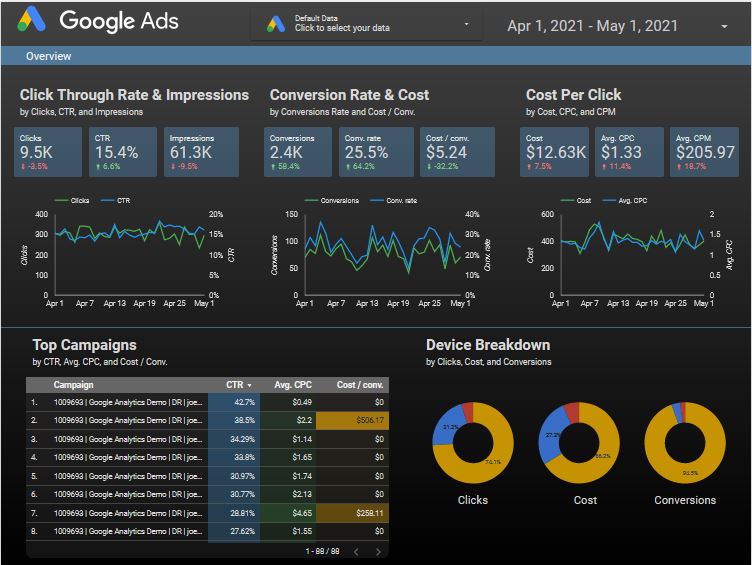How to Track Your Ad Campaign Efficiency When Running a Print on Demand Brand Awareness Improvement Campaign?
Have you ever thought that when you talk about sneakers, in most cases, Converse comes to mind? In the Google search box, you can see that people are looking for this brand, and autocomplete gives keywords with its name! That means this product has become an eponym, a generally accepted term for similar products. And this is the pinnacle of brand awareness. Of course, it doesn't mean that a small business cannot achieve such results. For example, the appearance of Ratchet Clothing has become a landmark in the fashion world - Dhillan Bhardwaj, the founder of the brand, has taken the tie-dye T-shirt business to a whole new level. He started with garage jobs and single orders, and in just a few years, became a stellar brand. If a colored T-shirt, then tie-dyes, and therefore Ratchet.
These stories should inspire you! And now we'll reveal a little secret of how print on demand products can gain user attention and increase awareness.
Table of contents
Set your campaign goals
So, we discussed by examples the level of consumer awareness of a particular company or product and the ability to distinguish them from other similar positions. We're talking about brand awareness, when a person buys, first, emotion and status. But how to measure something ephemeral that is in the heads of millions of people?
Let's say you've decided to stimulate interest in your product by running ads on social media. Logically, setting this goal will prioritize tracking the number of ad impressions over the number of purchases made on your website. That brings us to set goals for your brand awareness strategy, making it easy and effective to customize Google Ads. That is where it all starts.
The goals should be consistent with the primary objective that the campaign is designed to accomplish. E.g., increasing brand awareness and reach is a goal with a series of tasks and functions depending on the networks to be used. Let's take them apart!
Display campaign
Conducting a brand awareness campaign involves expanding the reach of an audience that knows about your brand and occupation. In addition, for more people to get to know your store and new offerings, you need to explore new markets. These positions are the tasks arising from one goal. Now you'd make the decisions that solved the problems. Let's take some spectacular photos and videos. They'll help increase the number of views and can draw the attention of your audience.
Encourage potential customers to go to your site: by posting the most relevant content, the traffic will grow.
Search campaigns
By expanding your influence in other markets, you must maintain the interest of potential customers. Therefore, the next challenge is maintaining interest in your brand.
Video campaigns
It's necessary to introduce effective advertising to increase brand awareness among the target audience. It might be worth trying different options to create the most memorable format. Anyway, this ad network has tremendous potential for experimentation.
We figured out the goal and its ensuing settings. But how to measure the success of an advertising campaign? To do this, in Google Ads, create a new campaign, then select a goal. Let's see the main indicators that you’d bring to the campaign performance analysis.

Which metrics to track?
The variety of metrics presented in GA is impressive and it’s the main source of controversy among many influential publications. Nevertheless, there are several main parameters, Google wrote about in its guide. How to measure brand awareness with the help of the most critical KPIs, let’s discuss further.
Impressions
This metric reflects the number of times your ad was shown on SERP or another resource and tracks how many users saw it. Strong impressions indicate a wide audience reaching. Also, if you've set up a highly targeted campaign, you'll most likely have poor results. By increasing advertising efficiency, more people will be attracted. To prioritize impressions, set up a CPM campaign.
Customer engagement
- Click rate is the sum of users who clicked on your ad to learn more. Such people are your potential clients who turn into buyers after going through the path of specific actions.
- The click-through rate (CTR) differs from the previous indicator in that it shows the % of people who clicked on your ad. It is calculated by dividing the click rate by the number of impressions. A high CTR indicates that your campaign is highly successful and effective for your target audience. The user behaves differently in the Display network, and accordingly, the value of this indicator is lost. Here advertising is more competitive than, for instance, on the search network.
- A conversion rate indicates users’ visits to a landing page and their possible interaction with a branded offer. Don't forget to look at Specific conversions in each platform. For example, you can track how many visitors have opened a video or joined an email campaign.
Reach
That is the number of visitors who saw your ad. The higher this indicator, the more potential customers will be aware of your brand and products.
Frequency
That's the average number of times a user has seen an ad over a specific period.
Ad expenses
You need to understand how much money you have spent on specific ad options within your campaign.
Return on investment (ROI)
This indicator differs from the previous one in that it shows profitability: the ratio of the amount spent on advertising to the income from the products' sale. E.g., a product has an ROI of $5,000, and an ad generates one customer for every 50 clicks. The average cost per contact is $100.
Income: $5,000
Investment amount: 50×100 = $5,000
Profitability: 5,000-5,000 = 0
It turns out that your product pays off only through advertising. To get a positive ROI, you need to close more deals, which will lead to a decrease in CPC.
Since the goal of our campaign was measuring brand awareness, it’s essential to understand the scope of the work done in terms of the completed activities. Goal completions in Google Analytics capture several completed tasks that we talked about earlier.

E.g., a CTA when users fill out a form, upload a catalog, make a purchase, or add an item to their shopping cart. In this case, it's worth going back to the conversion rate, which will indicate the campaign effectiveness.
A print on demand business needs to track E-commerce transactions. By the way, you can customize UTM tags to make things easier. They’ll also be helpful if you apply geo-targeting.

It makes sense to use all the considered metrics only if you've collected a sufficient amount of historical data. You could spend only a few dollars to implement ads, but the CPC will fluctuate. The same goes for impressions and other metrics, which will only be reliable after a few months of diligent work.
How to Start a Print-on-Demand Business
Conclusion
All the metrics described will open new opportunities for you to improve brand awareness. You can also prevent unnecessary waste of money on entirely ineffective ads. Work on tasks for different networks, complete goals, and finally calculate the effectiveness of your actions.
Don't be discouraged if any KPIs have a negative value - these data aren't always reliable. They need to be analyzed in the context of a specific period. Tune in and get to work! Make your print on demand business even more successful!


 REQUEST A FREE DEMO
REQUEST A FREE DEMO